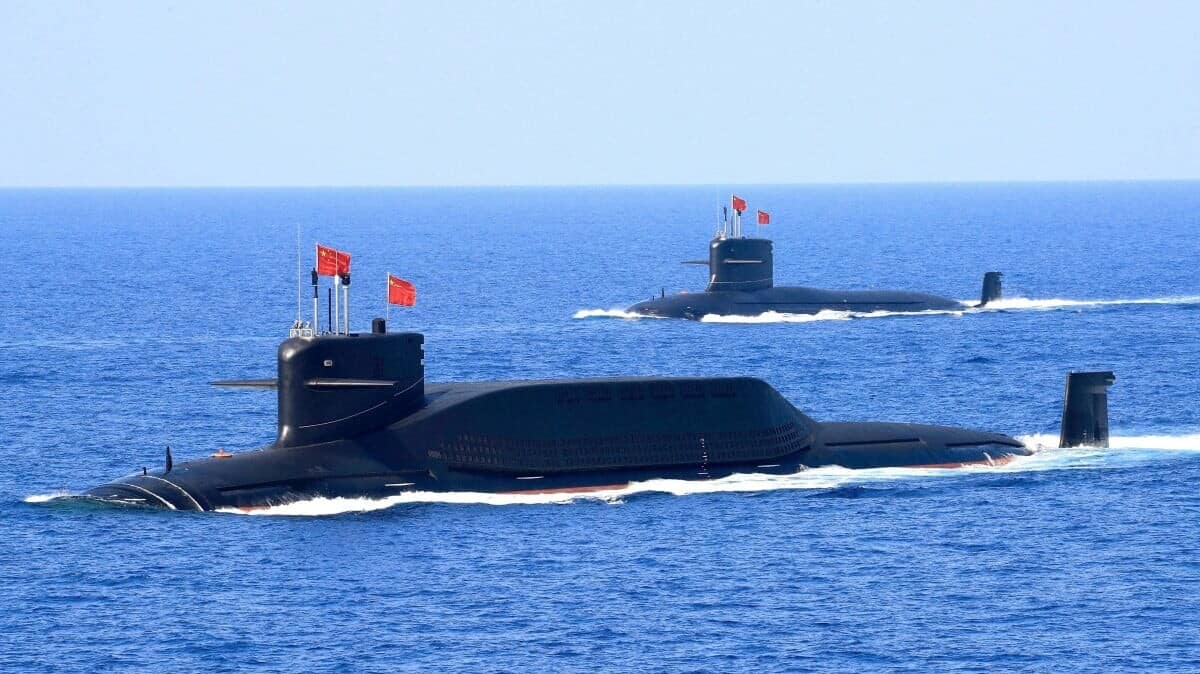
China could attack Starlink-like satellites using laser weapon-equipped submarines: Study
What's the story
A study led by Wang Dan, a professor with the Naval Submarine Academy, China suggests that Chinese submarines equipped with lasers could disable SpaceX's Starlink satellites if China's security was threatened. The submarines would use a retractable "optoelectronic mast" to fire at satellites before diving back down. The researchers believe this type of laser attack submarine could be mass-produced, and deployed globally to counter military threats to China.
Stealth approach
Concealment key to anti-satellite missions
The primary challenge for anti-satellite missions is not hitting the satellite but concealing the attack, according to Wang's team. Traditional ground-to-air missile approaches often leave long trails of smoke and can easily expose one's position. The researchers noted that satellites are becoming smaller and more numerous, with SpaceX's Starlink program cited as an example. "Even if a significant number of satellites are destroyed, there are redundancies to replace them," they said.
Laser solution
Submarine-based laser weapons could solve concealment issues
The team led by Wang believes that submarine-based laser weapons could solve the issues of concealment and inefficiency in attacking satellites. The paper provides comprehensively discusses how to attack Starlink-like satellites at sea. The process involves deploying one or several submarines equipped with laser weapons to the target sea area, and waiting for the satellites to come within their attack range. Once in range, the laser weapon is raised and fired based on satellite position guidance provided by other forces.
Space concerns
Perceiving SpaceX as a potential threat
Despite China's collaboration with Tesla CEO Elon Musk on electric vehicles, it views his space company as a potential threat. This concern was heightened when two Starlink satellites approached the Chinese space station dangerously in 2021. Beijing believes that the US could use these inexpensive satellites to target China's costly space assets. The Starlink satellites are primarily used for communication, but recent developments suggest they could carry extra payloads for military activities such as reconnaissance and electronic interference.
Tech advancements
Accelerated laser weapons research in response to Starlink
In response to the use of Starlink in the Ukraine war, China has accelerated its research into laser weapons technology. Advances include power supply systems that can support high-power, dense launches, compact solid-state lasers capable of transmitting over 10,000W of power with high quality, and technology to synthesize a laser beam using hundreds of optical fibers.
Versatile use
Laser-equipped submarines could offer multiple advantages
Submarines armed with laser weapons could perform a variety of tasks, according to the researchers. These include attacking anti-submarine aircraft, deploying in enemy countries' offshore areas for anti-missile tasks, escorting merchant ships or strategic missile submarines, and striking land-based targets like radars. They estimated that a 150kW laser weapon on a submarine could damage the photoelectric detection equipment on an anti-submarine aircraft, in one-fifth of a second from more than 20km away.